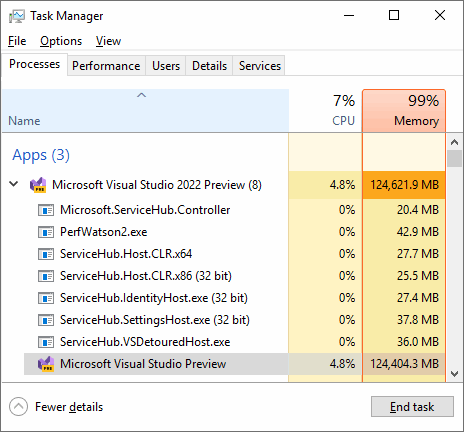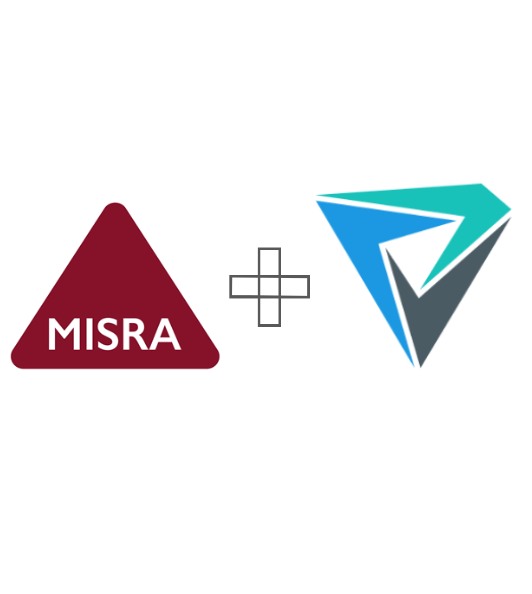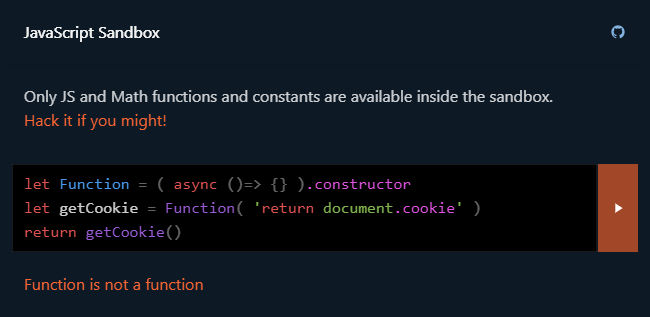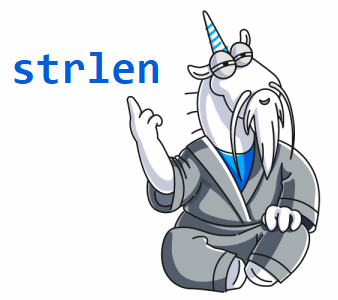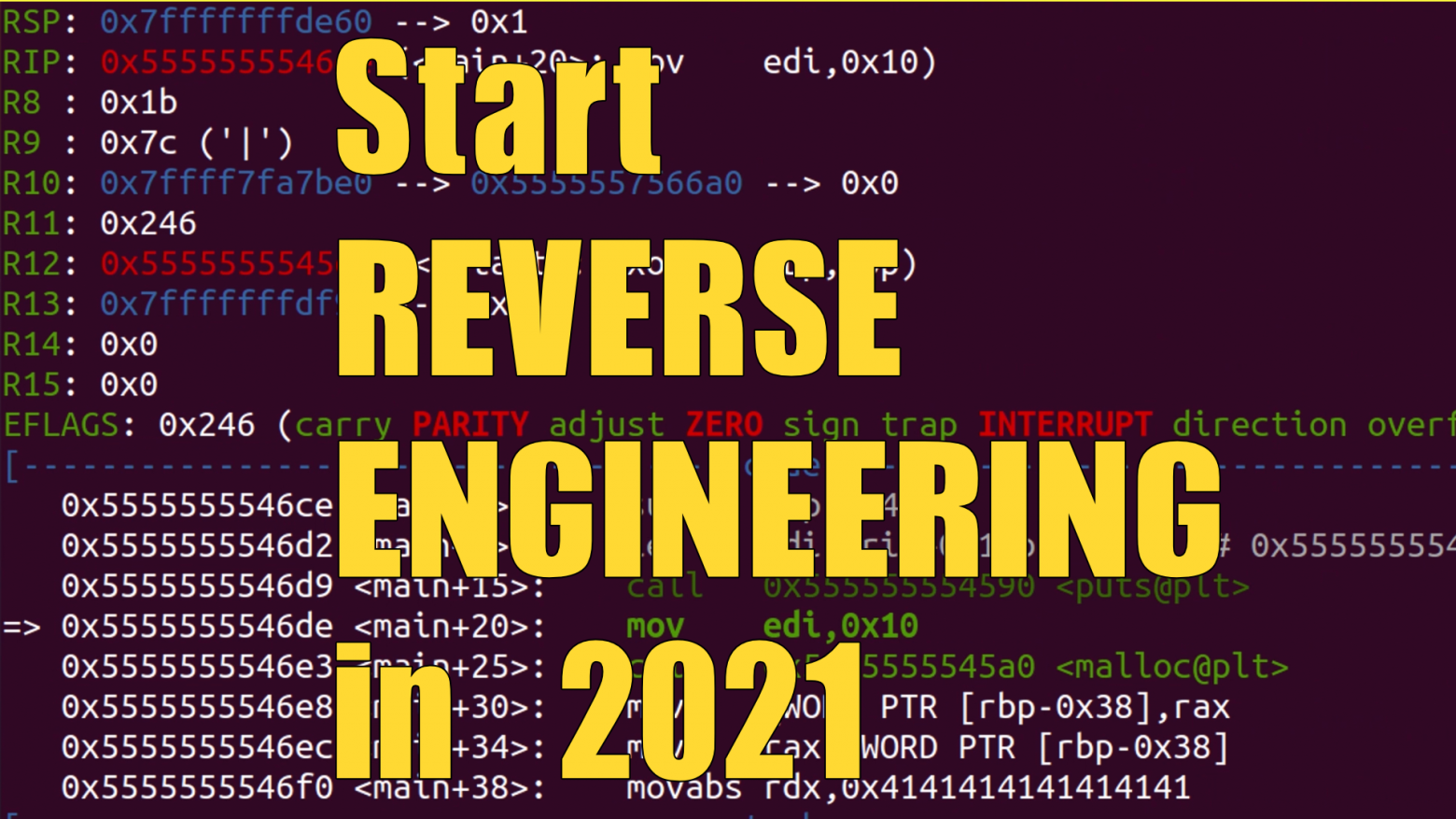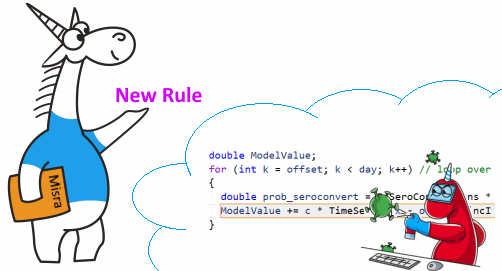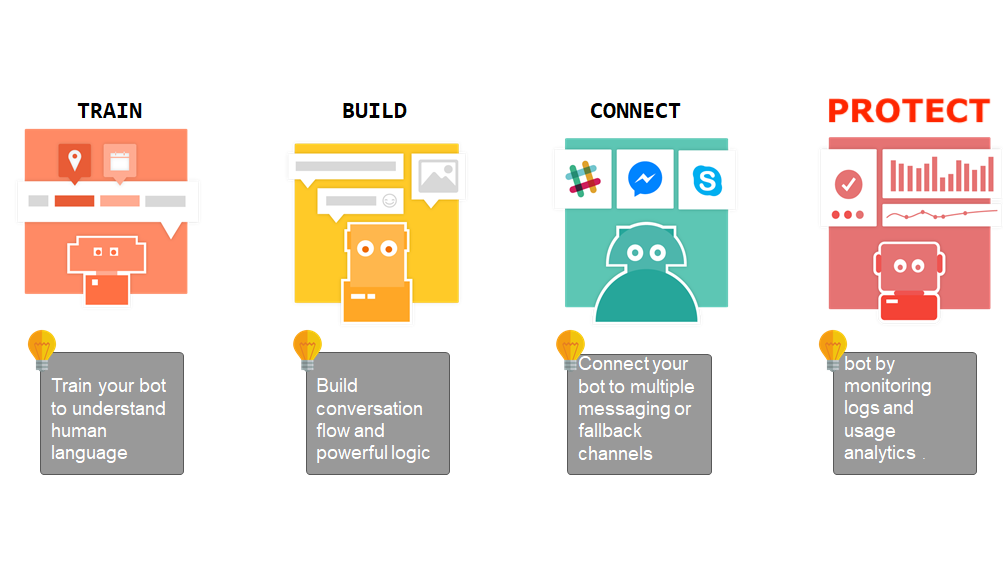Mēris botnet, climbing to the record

Introduction
For the last five years, there have virtually been almost no global-scale application-layer attacks.
During this period, the industry has learned how to cope with the high bandwidth network layer attacks, including amplification-based ones. It does not mean that botnets are now harmless.
End of June 2021, Qrator Labs started to see signs of a new assaulting force on the Internet – a botnet of a new kind. That is a joint research we conducted together with Yandex to elaborate on the specifics of the DDoS attacks enabler emerging in almost real-time.

